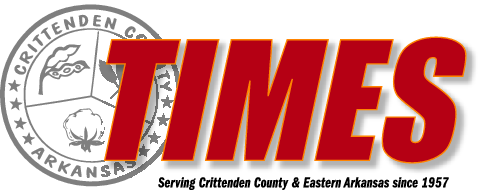How best to dispose of that old hard drive
By JIM ROSSMAN
Tribune News Service (TNS) I had a conversation with a coworker this week about an interesting situation with her elderly father’s old computer.
His computer ran Windows 7, and while it no longer works, when it did work her father used it to access banking and other _nancial information. She’s worried that his personal information could be found by someone if they just donate or recycle the computer.
She wants to know how to erase a hard drive in an old computer that no longer boots.
Great question. It’s been more than a few years since I wrote about this topic.
I asked my colleague if she was any good with a screwdriver, because you’re going to have to start by removing the hard drive from the computer.
If you have a computer that doesn’t boot, the problem is either with the hardware (the computer’s components like the power supply, hard drive or motherboard) or it’ll be with the software on the hard drive (in this case, Windows 7).
Either way, the _rst step is to _gure out how to open up the case and then identify and remove the hard drive(s). Some computers have more than one hard drive, and you’d want to remove them all.
You can likely search with your favorite search engine to _nd instructions to open the case of the old PC. You will need to know the manufacturer and model number, which should be printed on the case – perhaps on a small sticker if you can’t _nd it on the front.
The website iFixit.com is a good one to use when you want to see the steps to open a computer. Search on that site for your speci_c model.
It is likely the only tool you’d need would be a Phillips screwdriver to open most desktop computers. If the computer in question is a laptop, you’ll be looking on the bottom for the screws holding the case together and _nding an appropriately small screwdriver.
Once you open the computer, the hard drive should not be hard to _nd.
You’ll need to remove the hard drive, which will involve screws, or perhaps clips to press and you’ll have to unplug the power and data wires from the hard drive.
Once you have the hard drive out of the chasis, put the computer back together and look up electronics recycling in your town.
You can just toss that old hard drive in a drawer, which is the cheapest way to be sure nobody will access it, but if you’d just like to be rid of it, I’d recommend destroying it.
There are places that will shred drives with huge shredding machines that’ll chew it up into little pieces. This may not be cost effective for just one drive, but depending on your level of comfort, it may be worth the money to you.
You could also just physically destroy the drive by drilling holes in it, smashing it with a large hammer and breaking off the connector pins where the data and power plug in.
Even if you do all of these things to damage the drive, there are people who will tell you your data is still at risk. They say hackers will _nd the damaged hard drive bits that are bent and have holes in them and they can still access your data. I don’t happen to agree, but again, use your own judgment.
I think hackers have better things to do than try to resurrect the broken bits of some random dead and broken hard drive. I also think the chances are pretty small that your bits of hard drive would _nd their way to someone who has the equipment and knowledge to extract the data.
All that being said, I do have a shoebox full of my old hard drives in the top shelf of a closet. I need to get out my really big hammer.
Jim Rossman is a tech columnist for Tribune News Service. He may be reached at jrossman techadviser@gmail.com.
You can just toss that old hard drive in a drawer, which is the cheapest way to be sure nobody will access it, but if you’d just like to be rid of it, it’s best to destroy it.
Jim Rossman / TNS


